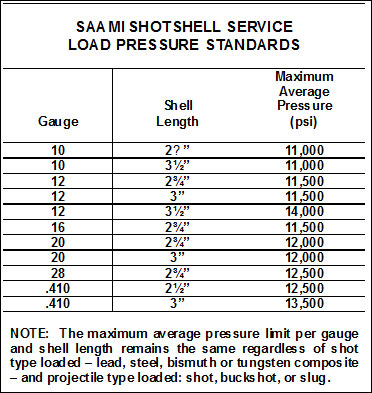How Shotgun Shell Velocity Impacts Recoil
Shotgun shell recoil refers to the backward force that is generated when the shell is fired from the shotgun. This recoil is caused by the combustion of gunpowder inside the shell, which propels the shot or slug forward while simultaneously pushing the firearm backward. The magnitude of recoil can vary depending on factors such as the size and weight of the shotgun, the type of ammunition being used, and the shooter’s stance and grip.
Shotgun shell velocity and recoil are interconnected, with higher velocity generally resulting in more recoil. However, other factors like the weight of the shell and the gun itself also play a significant role. Recoil is influenced by the momentum of the fired shell, meaning heavier payloads or higher velocities will result in more recoil.
Recoil can have a significant impact on shooting accuracy. When a shooter experiences excessive recoil, it can cause them to flinch or anticipate the kick, leading to jerky movements and poor follow-through. This can result in shots that are off-target and inconsistent. Additionally, recoil can cause discomfort and even physical injury, especially with repeated firing. Understanding and managing recoil is essential for maintaining control over the shotgun and achieving greater shooting accuracy.
Minimizing Recoil for Better Performance
There are several strategies that shooters can employ to minimize recoil and improve their shooting performance. One effective method is to use a shotgun with a recoil-reducing stock or a gas-operated system, which can absorb and dissipate some of the recoil energy. Additionally, selecting the right ammunition, such as low-recoil loads or lighter shot sizes, can help reduce the kick felt by the shooter. Proper shooting technique, including a firm grip, correct stance, and follow-through, can also help mitigate the effects of recoil and improve shooting accuracy.
By learning about the factors that contribute to recoil and implementing strategies to minimize its effects, shooters can achieve greater control over their shotgun and achieve better shooting results. Whether for hunting, sport shooting, or self-defense, managing recoil is an essential aspect of becoming a skilled and accurate shotgun shooter.
# # #



Comments